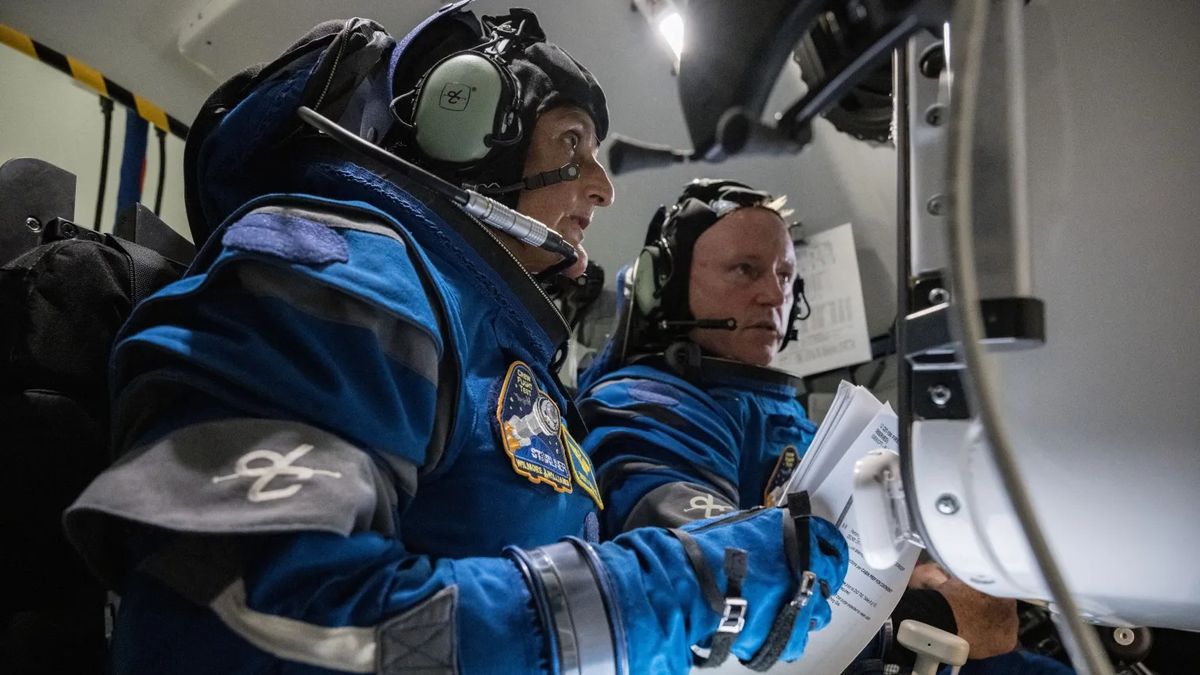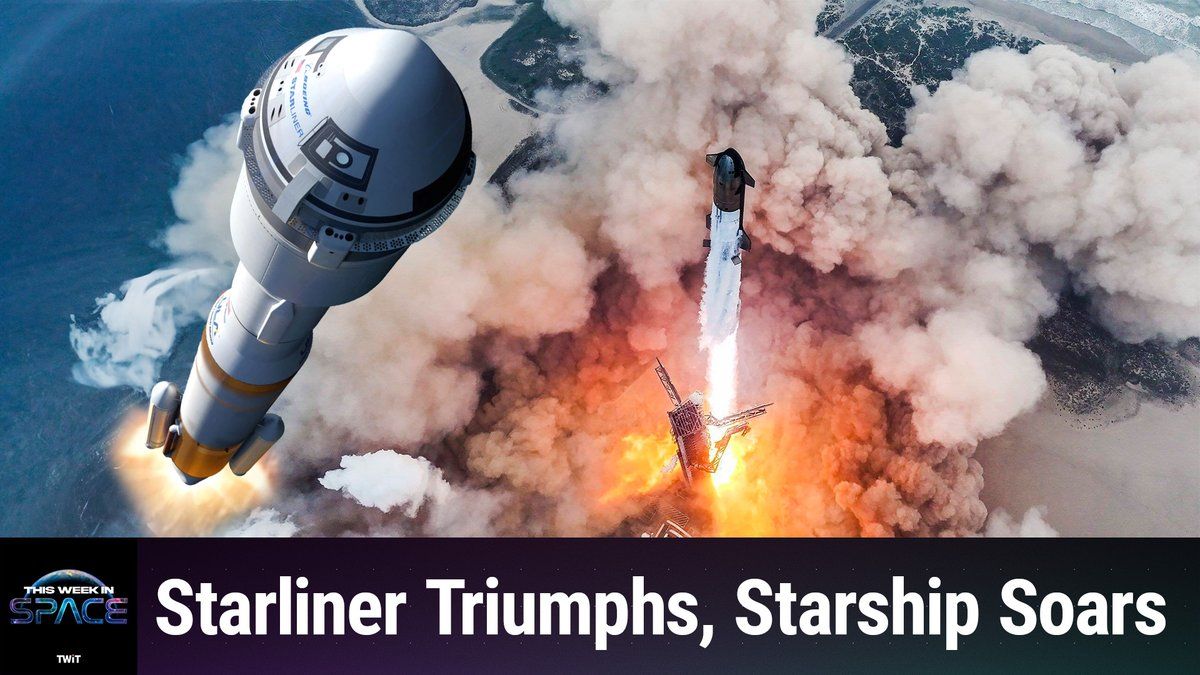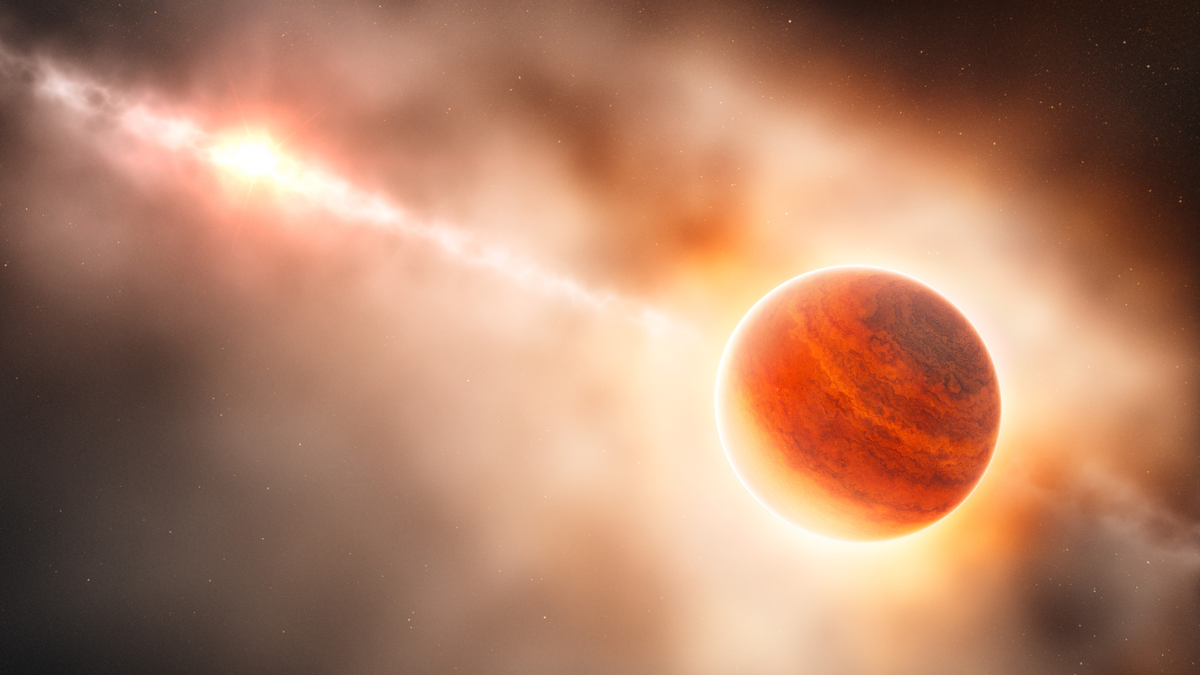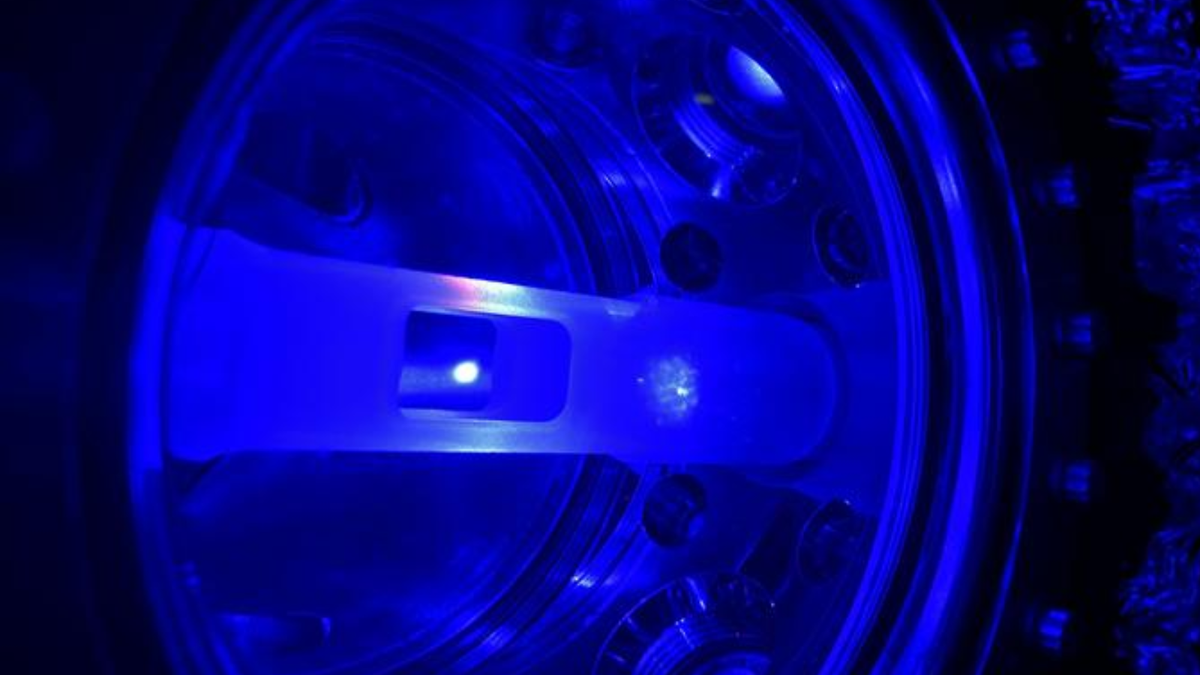New Starliner Spacecraft Set for Historic Astronaut Launch
On Monday, May 6, Boeing along with NASA officials confirmed that the new Starliner spacecraft is prepared for its inaugural astronaut launch. Following the necessary clearances, this mission marks a significant step in space exploration.
The Crew and Mission
The Crew Flight Test (CFT) will witness veteran NASA astronauts Barry “Butch” Wilmore and Suni Williams aboard the Starliner spacecraft. These former U.S. Navy test pilots are currently undergoing final training and isolation procedures at NASA’s Kennedy Space Center.
The historic liftoff will take place at 10:34 p.m. EDT on Monday, with coverage available on NASA Television. The launch will occur from Space Launch Complex 41 at Cape Canaveral Space Force Station.
Significance of the Mission
This mission not only marks the first manned journey for the Starliner spacecraft but also introduces the United Launch Alliance’s (ULA) Atlas V rocket for this task. The successful completion of CFT will pave the way for Boeing to conduct operational crewed missions to the International Space Station (ISS).
While SpaceX has already achieved 12 crewed missions to the ISS, the delays faced by Starliner were primarily due to technical challenges that needed to be resolved. However, after addressing the issues that emerged during the initial uncrewed flight, Starliner’s subsequent missions have shown positive outcomes.
Preparations and Next Steps
Prior to the scheduled launch, extensive reviews were conducted by NASA and Boeing teams to ensure the readiness of the spacecraft. The identified technical concerns were addressed promptly, and safety measures were put in place for a successful mission.
If CFT progresses as planned, Starliner-1, scheduled for the first operational mission, will see three astronauts heading to the ISS. The involvement of private organizations in space exploration underscores the collaborative efforts in advancing space travel.
Future Prospects
Looking ahead, NASA envisions a continued partnership with private companies like SpaceX and Boeing in sending crewed missions to the ISS. With plans for private space stations on the horizon, the potential for further exploration and innovation in space remains promising.
Image/Photo credit: source url





